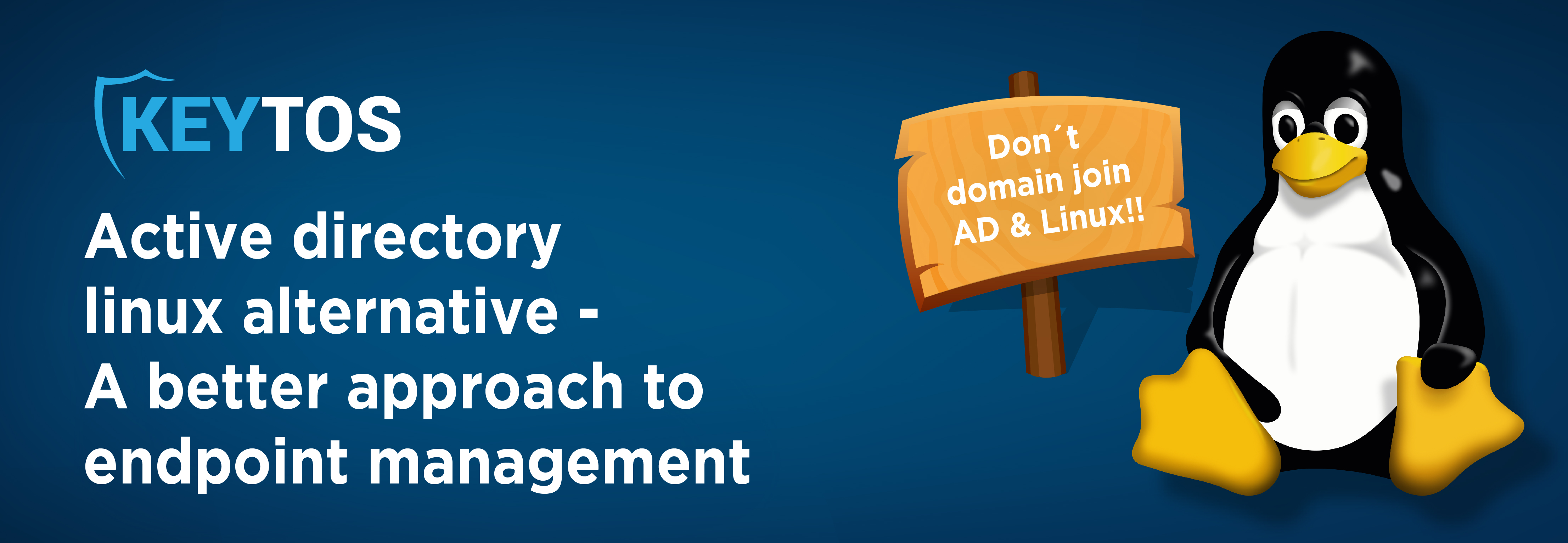
For experts well versed in Microsoft Active Directory, the natural inclination is to domain join Linux Virtual Machines (VMs) with Active Directory. The appeal and logic here is in centralizing Linux endpoint management; however, aligning Linux with a system originally intended for Windows can bring about a “metric f*%$-ton” of unexpected challenges… such a having to run a bunch of highly-privileged agents to emulate Windows, or having to debug from a Linux machine. …It’s a royal P.I.T.A. The following will give you the quick and dirty as to the best way to do this, which may be counterintuitive to your preconceived notions.
DNS Dependency: Similar to other domain-integrated systems, the Linux endpoint relies on DNS to locate domain controllers. An unsynchronized DNS alteration in the domain can sever the endpoint’s authentication capabilities.
Overhead of Privileged Agents: AD integration necessitates the addition of numerous packages on Linux. This not only elevates management demands, but also paves the way for vulnerabilities stemming from misconfigurations.
Lack of Multi-factor Authentication: Traditional Linux-AD integration hinges predominantly on passwords. In the modern era of heightened security, this can be a significant drawback. Implementing multi-factor authentication involves additional modules, further complicating the setup.
Scalability Issues: As organizations grow, so does their reliance on PKI. Managing an increasing number of certificates and cryptographic keys manually becomes unwieldy, costly, and prone to inefficiencies.
Subpar User Experience: Introducing AD authentication might inadvertently increase the complexity for end-users. There’s a risk that users may resort to shortcuts, like creating and sharing local accounts, undermining the security measures in place.
Given the prevalence of Linux in cloud infrastructures (90%, to be exact), it has its own inherent centralized access management – SSH Certificates. Backed by OpenSSH standards, these cryptographic certificates are endorsed by leading tech giants due to their seamless integration with native Linux distributions. Check out this blog for a little more detail on how SSH Certificates work.
…to delve deeper into establishing an SSH Certificate Authority, there are resources that guide through the process.
Here’s where EZSSH shines. It’s a pioneering, agentless Linux access management tool that harmoniously harnesses the best of both worlds. By leveraging Active Directory groups and users, EZSSH issues temporary SSH Certificates, offering Active Directory-like control with Linux-native authentication!
At the heart of our solution is user convenience. By distilling the intricacies of a fully secure SSH Certificate Authority, a user-friendly, policy-driven system emerges as the best tool. Configuring access on a Linux machine becomes a breeze with EZSSH’s policy-generated script. It’s free of any agents, additional modules, or convoluted setups.
In practice, accessing the system using EZSSH is more streamlined than traditional methods. Users simply input “ezssh ssh username@endpoint” or use the provided UI. Behind the scenes, EZSSH taps into the user’s AAD profile, authenticates, checks user privileges, and spawns a time-limited SSH certificate. This dynamic, cryptographic credentialing not only satisfies but often surpasses standard security and compliance benchmarks.
For those searching for an “active directory Linux alternative”, moving beyond the confines of traditional methods and embracing solutions like EZSSH can offer both enhanced security and superior user experience. Watch the demo of EZSSH to see how simple it is to streamline your security and authentication processes.